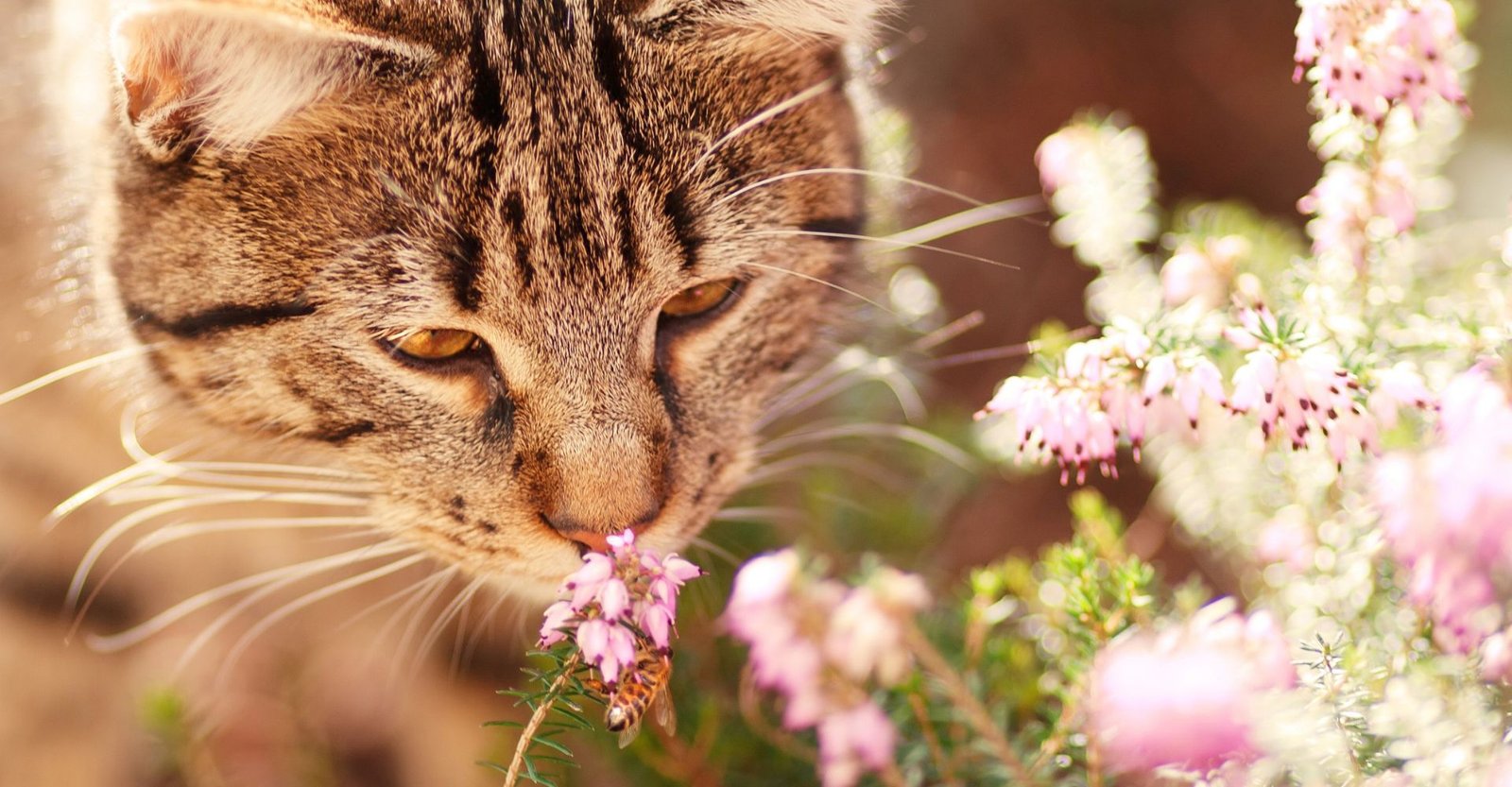Pet homes & garden : Green Gardening for Pet-Friendly Homes
If you’re a lover of all things green, creating a pet-friendly garden is not only a joy but also an opportunity to embrace eco-friendly practices. Join me as we explore the world of green gardening, where pet-safe plants and sustainable practices harmonize to create a lush and pet-friendly oasis right outside your door.
The Pet-Safe Garden: A Blooming Haven
As a pet owner, the garden becomes an extension of your home—a space where your furry friends can frolic, explore, and enjoy the outdoors. Crafting a pet-friendly garden involves more than just aesthetics; it’s about creating an environment that is safe, enriching, and in harmony with nature.
**1. Pet-Safe Plants:
The first step in creating a pet-friendly garden is selecting plants that are safe for your furry companions. Opt for greenery that adds beauty without posing a threat to your pets. Here are some pet-safe plants to consider:
- Spider Plant (Chlorophytum comosum): Known for its air-purifying qualities, the spider plant is safe for cats and dogs. It adds a touch of elegance with its arching leaves.
- Calathea (Calathea spp.): These vibrant and patterned plants are non-toxic to pets. Calatheas come in various species, each with its unique leaf pattern.
- Areca Palm (Dypsis lutescens): If you’re aiming for a tropical vibe, the Areca Palm is a pet-friendly choice. It adds a touch of paradise without harming your furry friends.
- Blue Echeveria (Echeveria glauca): Succulents like the Blue Echeveria are not only trendy but also safe for pets. Their rosette shape adds a modern touch to your garden.
- African Violet (Saintpaulia): These charming flowering plants add color to your garden and are safe for cats and dogs.
Remember to cross-reference plant selections with reliable pet toxicity databases or consult with your veterinarian to ensure the safety of each plant variety.
**2. Create Pet Zones:
Designate specific areas within your garden as pet zones, especially if you have curious dogs or cats. This allows you to control which plants are in their immediate vicinity, ensuring that they are interacting with safe greenery.
- Mulched Play Areas: Create mulched areas where pets can play freely. This helps to reduce the risk of them ingesting harmful substances from certain plants.
- Pet-Friendly Pathways: Lay down pet-friendly pathways using materials like pea gravel or stepping stones. This not only adds charm to your garden but also directs your pets away from potentially harmful plants.
- Designated Digging Spots: If you have a pet that loves to dig, provide a designated digging spot filled with pet-friendly soil. This redirects their natural behavior while preserving your garden beds.
Eco-Friendly Gardening Practices:
A pet-friendly garden goes hand in hand with eco-friendly gardening practices. Here’s how you can make your gardening routine sustainable:
**1. Composting:
Set up a composting system in your garden to recycle kitchen waste and organic materials. Composting not only reduces landfill waste but also provides nutrient-rich compost for your plants. Ensure that your composting setup is secure to prevent pets from accessing it.
**2. Water Conservation:
Implement water-efficient practices such as using a drip irrigation system, collecting rainwater, and watering your garden during the cooler parts of the day. This not only conserves water but also promotes healthier plant growth. Be mindful of water containers to prevent pets from drinking stagnant water.
**3. Natural Pest Control:
Embrace natural methods for pest control to avoid harmful chemicals that may be unsafe for pets. Companion planting, introducing beneficial insects, and using neem oil are eco-friendly alternatives. Be cautious about using pesticides, herbicides, or fertilizers that could be toxic to pets.
**4. Repurposed Garden Structures:
Get creative with repurposed materials for garden structures. Use reclaimed wood for raised beds, repurpose old containers for planters, and consider upcycled materials for garden decor. This not only adds character to your garden but also reduces your environmental footprint.
**5. Native Plant Integration:
Integrate native plants into your garden design. Native plants are adapted to the local environment, requiring less maintenance and water. They also provide a habitat for local wildlife, contributing to the overall biodiversity of your garden.
Educate and Inspire:
As a green-thumbed pet parent, your journey towards a pet-friendly and eco-conscious garden is an opportunity to inspire others. Share your experiences, plant choices, and sustainable practices with fellow pet lovers and gardening enthusiasts. Consider starting a community garden or joining local gardening groups to exchange ideas and tips.
Conclusion: A Flourishing Haven for All
In the world of green gardening for pet-friendly homes, the goal is to create a flourishing haven that benefits both your pets and the environment. By carefully selecting pet-safe plants, creating designated pet zones, and embracing eco-friendly gardening practices, you’re not just cultivating a garden; you’re nurturing a space where harmony between pets, plants, and people can thrive. As you watch your garden bloom and your pets frolic in the greenery, may you find joy in knowing that you’ve created a sanctuary that honors nature and the well-being of your beloved companions.




